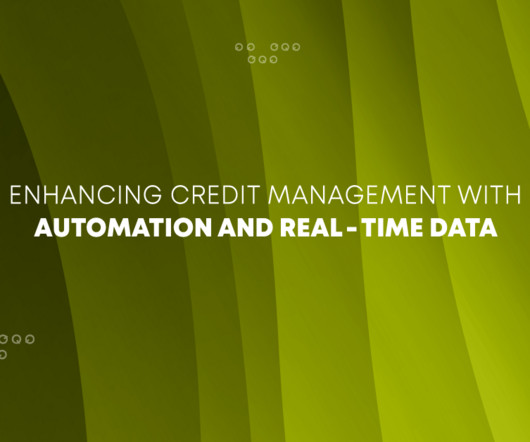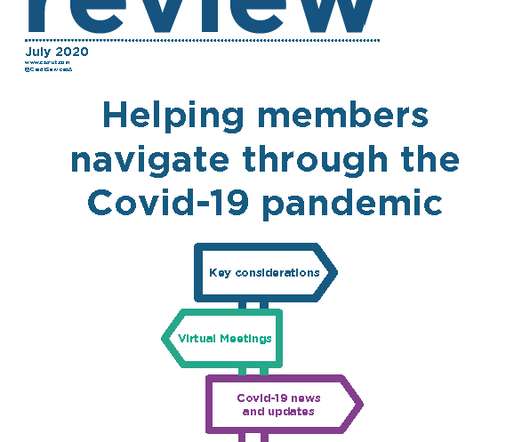Enhancing Credit Management with Automation and Real-Time Data
Qualco
OCTOBER 25, 2023
These advancements, combined with user-friendly digital platforms, can transform the entire credit industry, making it more efficient, transparent and tailored to individual client needs. It drives personalised and beneficial services, enhances customer experience and improves financial and personal well-being.














Let's personalize your content